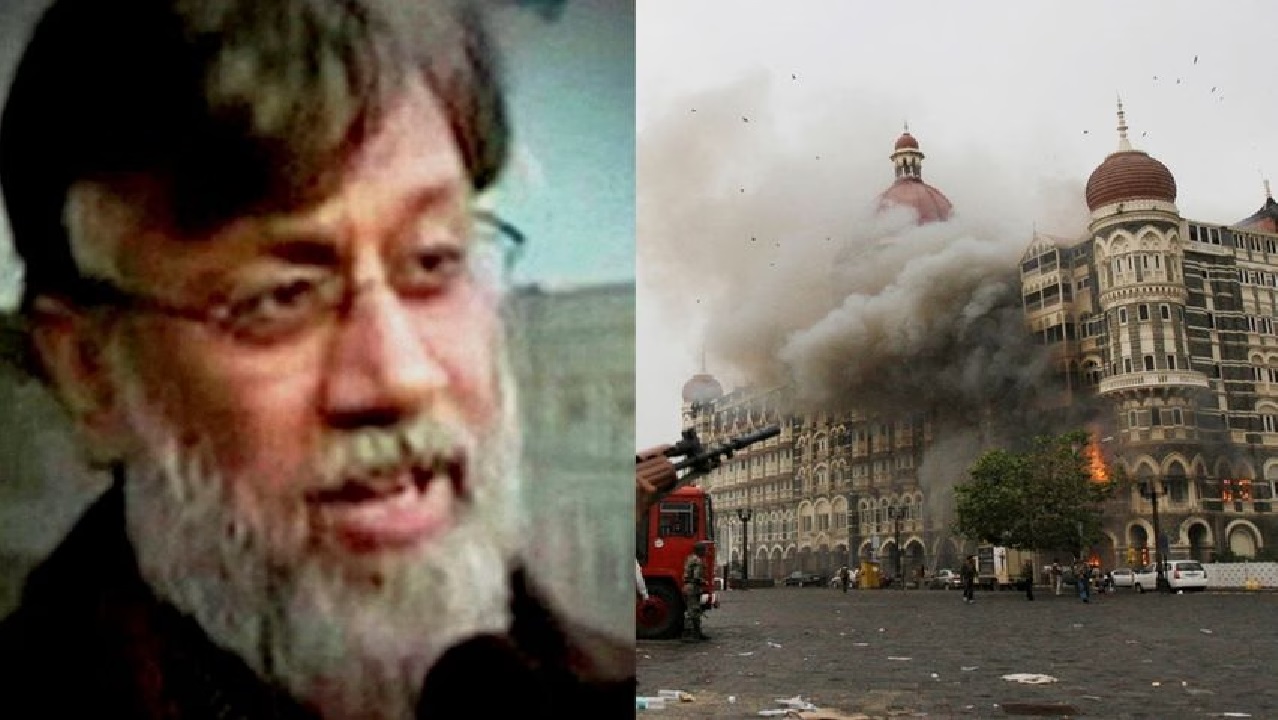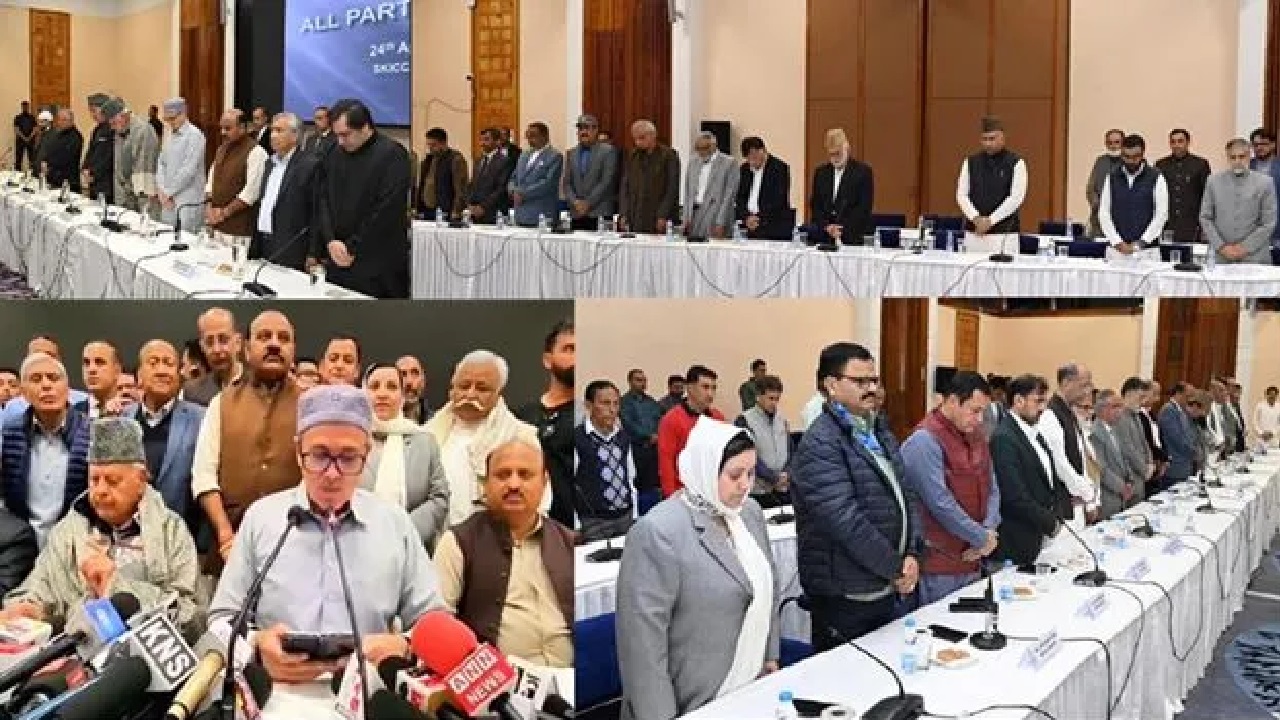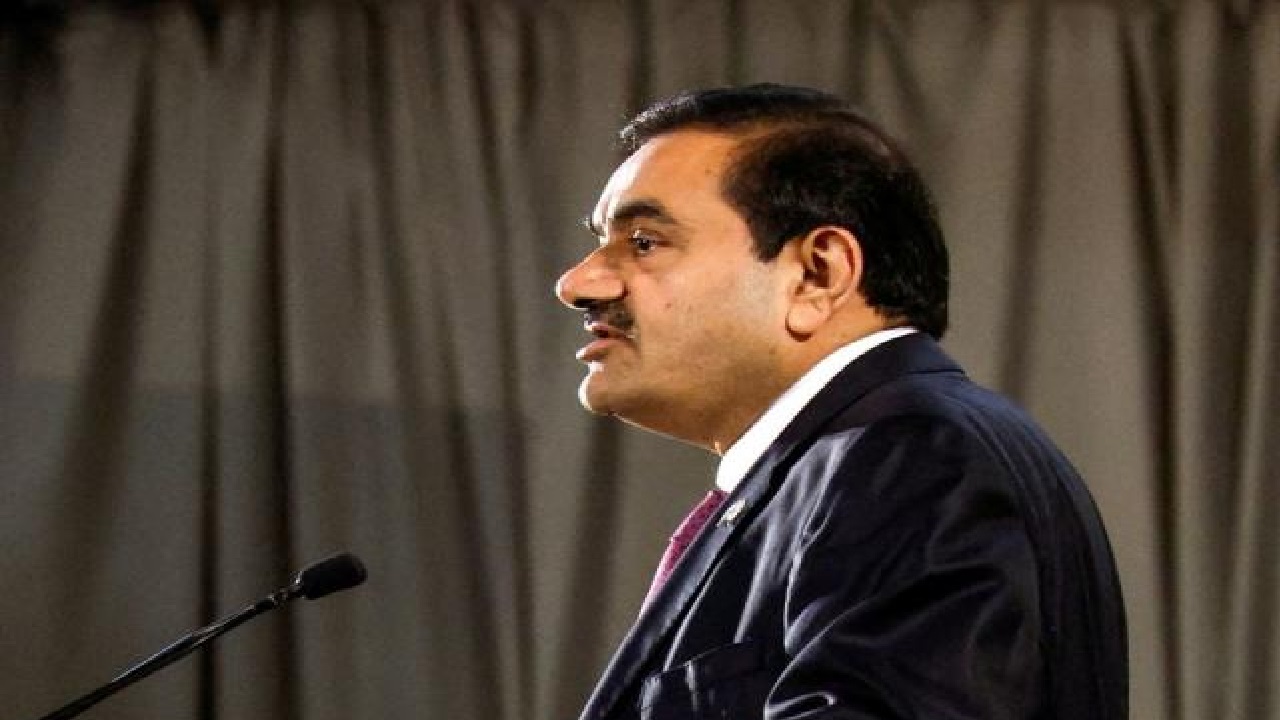A Long-Awaited Breakthrough in India’s Fight Against Terror
India’s relentless pursuit of justice for the victims of the 26/11 Mumbai terror attacks has reached a significant milestone. The extradition of Tahawwur Hussain Rana, a key accused in the case, from the United States marks a turning point in the country’s counter-terrorism efforts and its diplomatic assertion on the global stage. Union External Affairs Minister Dr. S. Jaishankar hailed the extradition as a “big step in ensuring justice for the victims of the 26/11 attacks,” reaffirming India’s commitment to holding perpetrators accountable—no matter how long it takes.
For India, this development is more than just a judicial advance; it is a symbolic win. It demonstrates the strength of the India-US counter-terrorism partnership, reinforces India’s standing in the global war on terror, and sets a precedent for future transnational justice efforts.
Rana’s Extradition: A Diplomatic and Legal Milestone
Tahawwur Rana, a 64-year-old Pakistani-origin Canadian national, was taken into custody in the United States where he had been fighting extradition for several years. The process, grounded in the India-US Extradition Treaty, finally culminated in his transfer to Indian authorities on April 11, 2025.
US Secretary of State Marco Rubio confirmed the extradition, stating, “We extradited Tahawwur Hussain Rana to India to face charges for his role in planning the horrific 2008 Mumbai terrorist attacks… I’m glad that day has come.” The move reflects years of behind-the-scenes diplomatic engagement, legal negotiations, and counter-terrorism collaboration between New Delhi and Washington.
The importance of this act cannot be overstated. It underscores international recognition of India’s fight against cross-border terrorism and affirms global consensus on the necessity of punishing those involved in attacks like 26/11, which killed 166 people—including six Americans.
A Fortress for Justice: Where Rana is Being Held
Following his arrival in Delhi, Rana was immediately transferred to the heavily fortified National Investigation Agency (NIA) headquarters at the CGO Complex. His 14×14 ft high-security cell is under constant CCTV surveillance and guarded 24/7 by security personnel. Only 12 designated NIA officers have access to the room, which includes a basic bed and an attached bathroom.
The decision to house Rana under such tight security is reflective not only of his profile but also of the gravity of the accusations against him. Security forces, including Delhi Police and paramilitary units, have been deployed around the complex to prevent any breach. Rana’s movements, meals, and medical needs are strictly controlled, and every interaction is recorded.
The Interrogation: Probing Deeper into the 26/11 Conspiracy
Rana has been remanded to 18 days of NIA custody, during which time he will be intensively interrogated. His questioning is being led by two senior officers—DIG Jaya Roy and IG Ashish Batra—both seasoned investigators with significant experience in anti-terror operations.
Roy, a 2011 batch IPS officer and former SP of NIA, is known for her groundbreaking work in Jharkhand’s cybercrime networks, which inspired a popular web series. Batra, a 1997 batch IPS officer, earlier led anti-insurgency operations in Jharkhand and now helms the deeper probe into Rana’s terror links.
The NIA has confirmed that eight central intelligence and investigative agencies have requested access to Rana. The goal is to expose the “complete conspiracy” behind the 2008 attacks and investigate potential plots to target other Indian cities. Rana, a known associate of David Coleman Headley—one of the key planners of the 26/11 attacks—is believed to have had detailed knowledge of the plot, including logistical and operational support.
Implications for India: A Path to Closure and Global Leadership
Rana’s extradition sends a strong signal to terrorist organizations and their operatives that justice can be delayed but not denied. For the victims’ families, it rekindles hope that accountability will ultimately prevail, even after 16 years.
Diplomatically, the case underscores India’s evolving role as a global leader in counter-terrorism. It demonstrates that India can work through complex legal and diplomatic processes to pursue justice internationally. The US’s cooperation reflects a deepening strategic trust between the two democracies, particularly in sensitive areas such as intelligence sharing and judicial collaboration.
Furthermore, this sets a powerful precedent: India will not relent until all those responsible for 26/11 are brought to justice, including masterminds still at large in Pakistan. The precedent may help New Delhi press further for international action against groups like Lashkar-e-Taiba (LeT) and Harkat-ul-Jihadi Islami (HUJI), both of which are designated terrorist organizations involved in the attacks.
Justice Delayed, But Not Forgotten
The extradition of Tahawwur Rana is a defining moment in India’s counter-terrorism history. It represents justice slowly but surely catching up with one of the most brutal terror plots of the 21st century. As Rana’s interrogation unfolds, India may uncover new layers of the 26/11 conspiracy and connections that could inform future counter-terror efforts.
For India, this is not just a victory in court—it’s a diplomatic triumph, a reaffirmation of its resilience, and a promise to its citizens that terror will never go unanswered. The journey to justice for 26/11 continues—but today, it has taken a long overdue and powerful step forward.
(With inputs from agencies)








